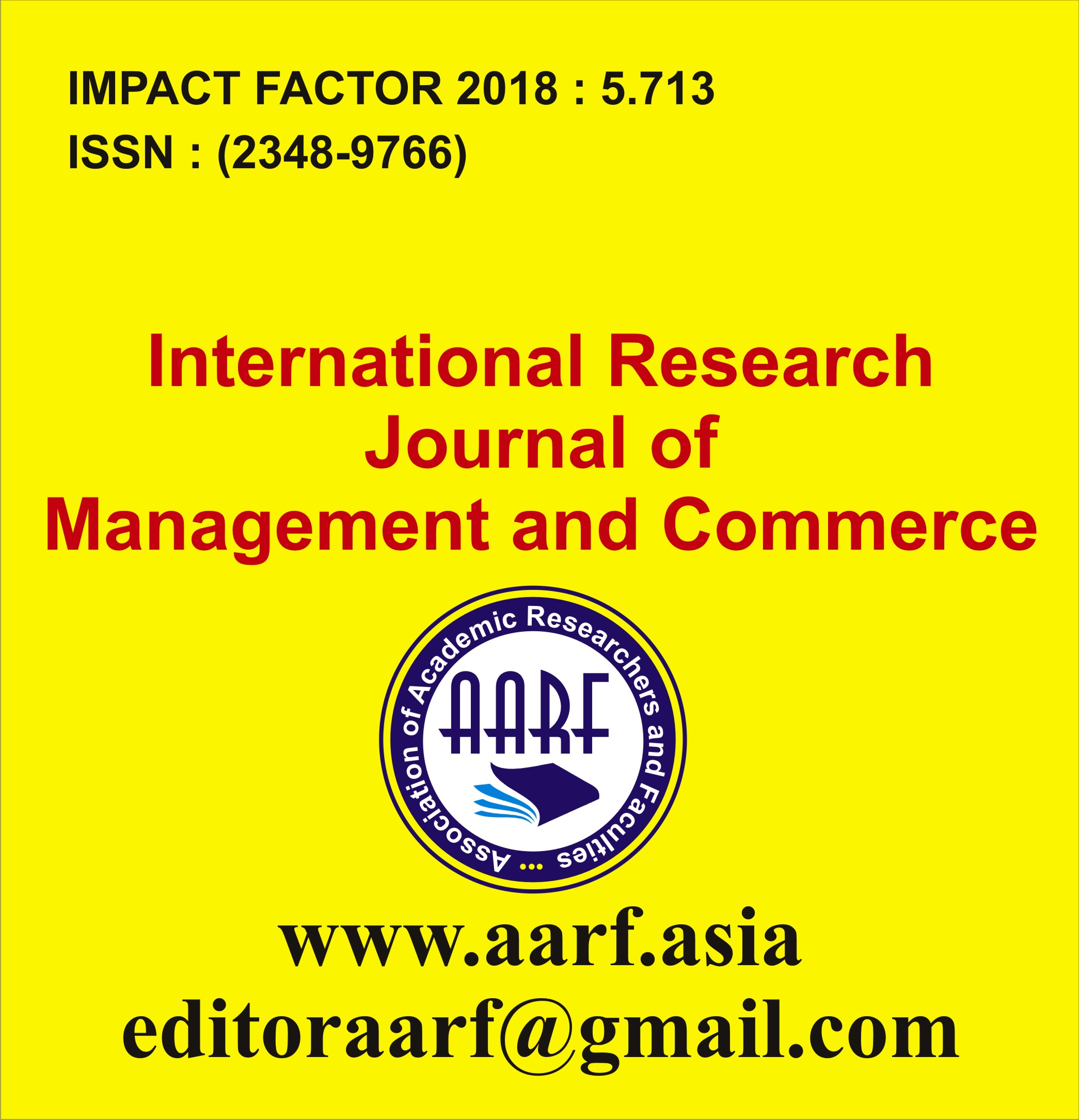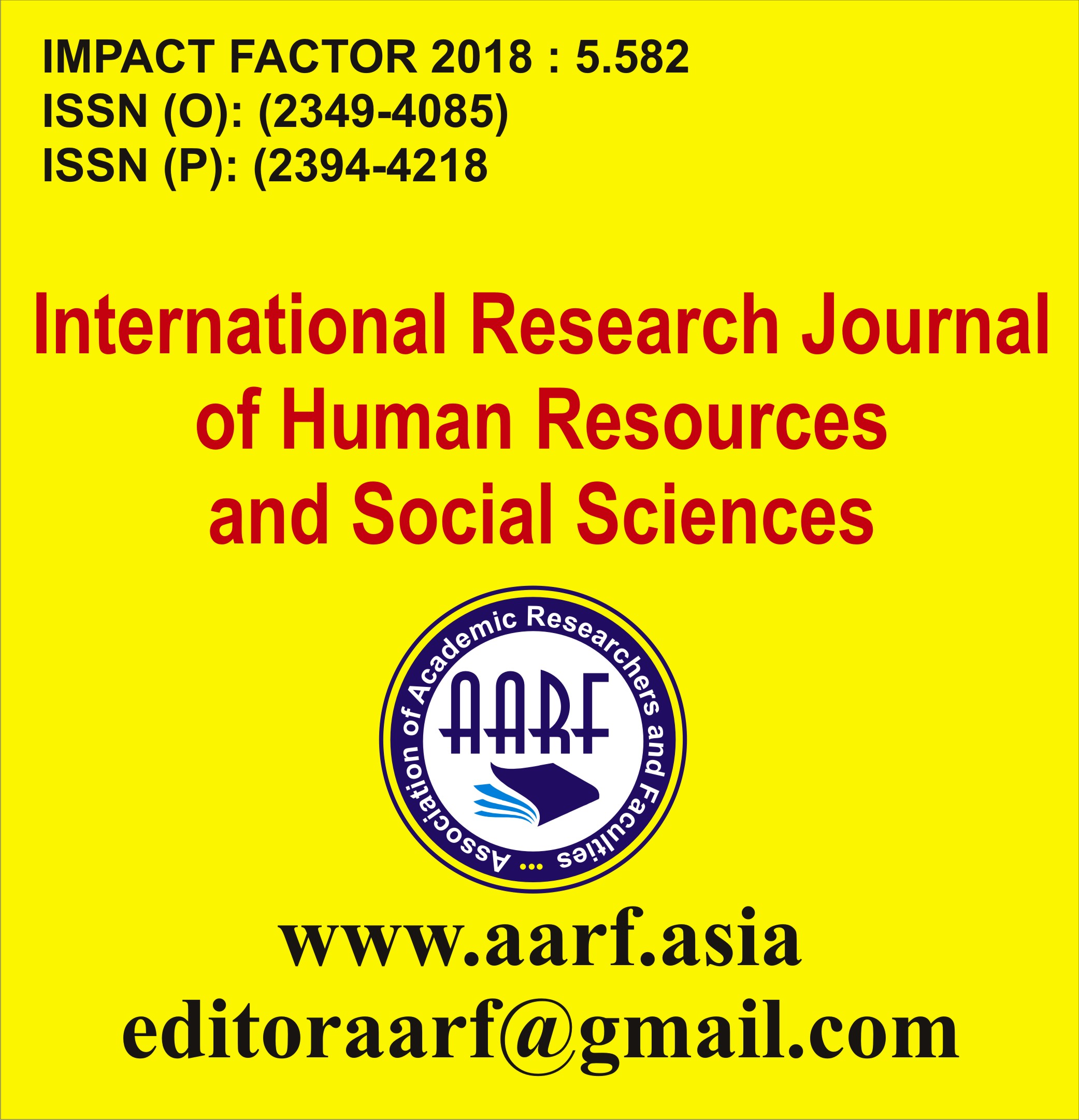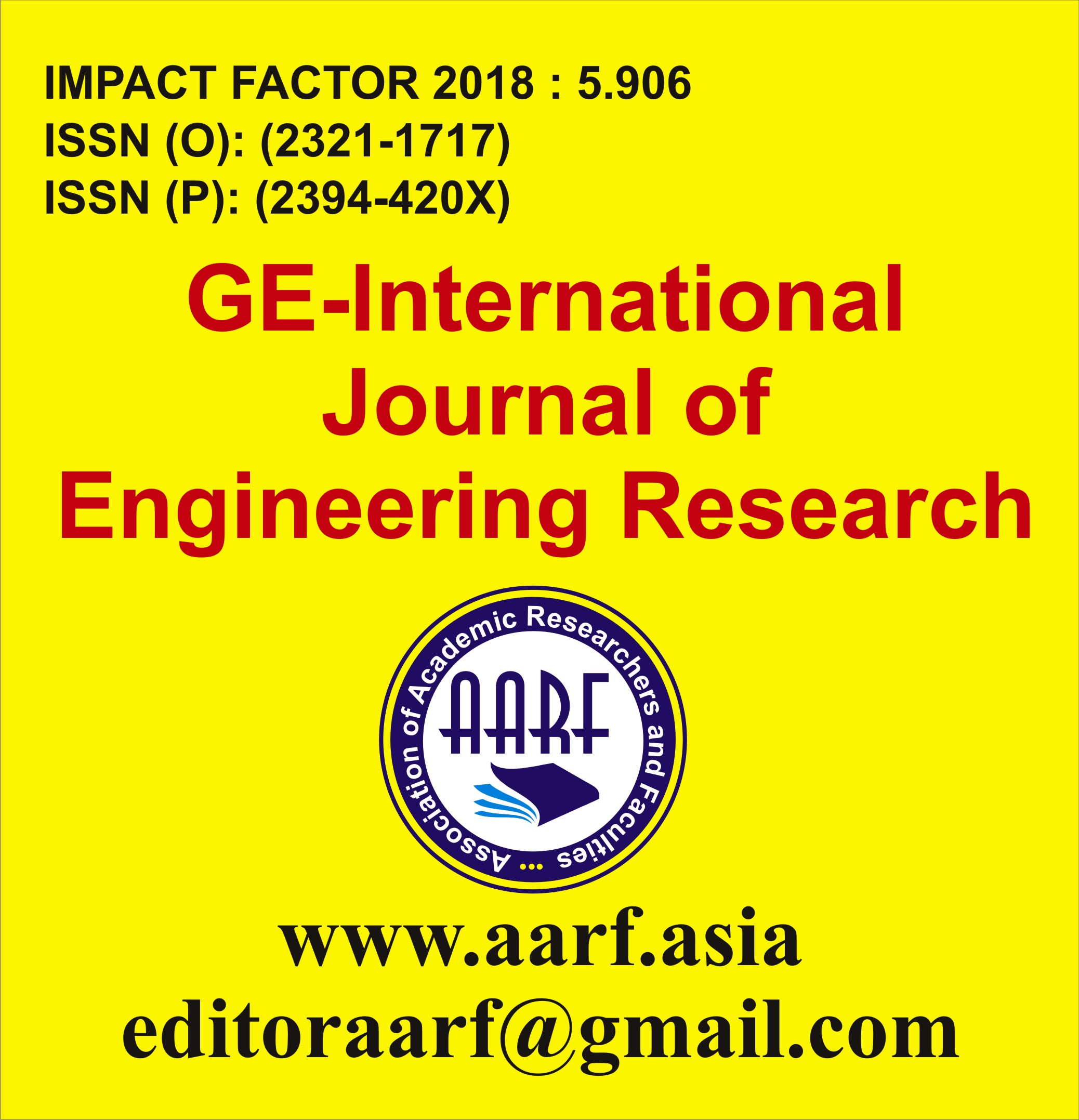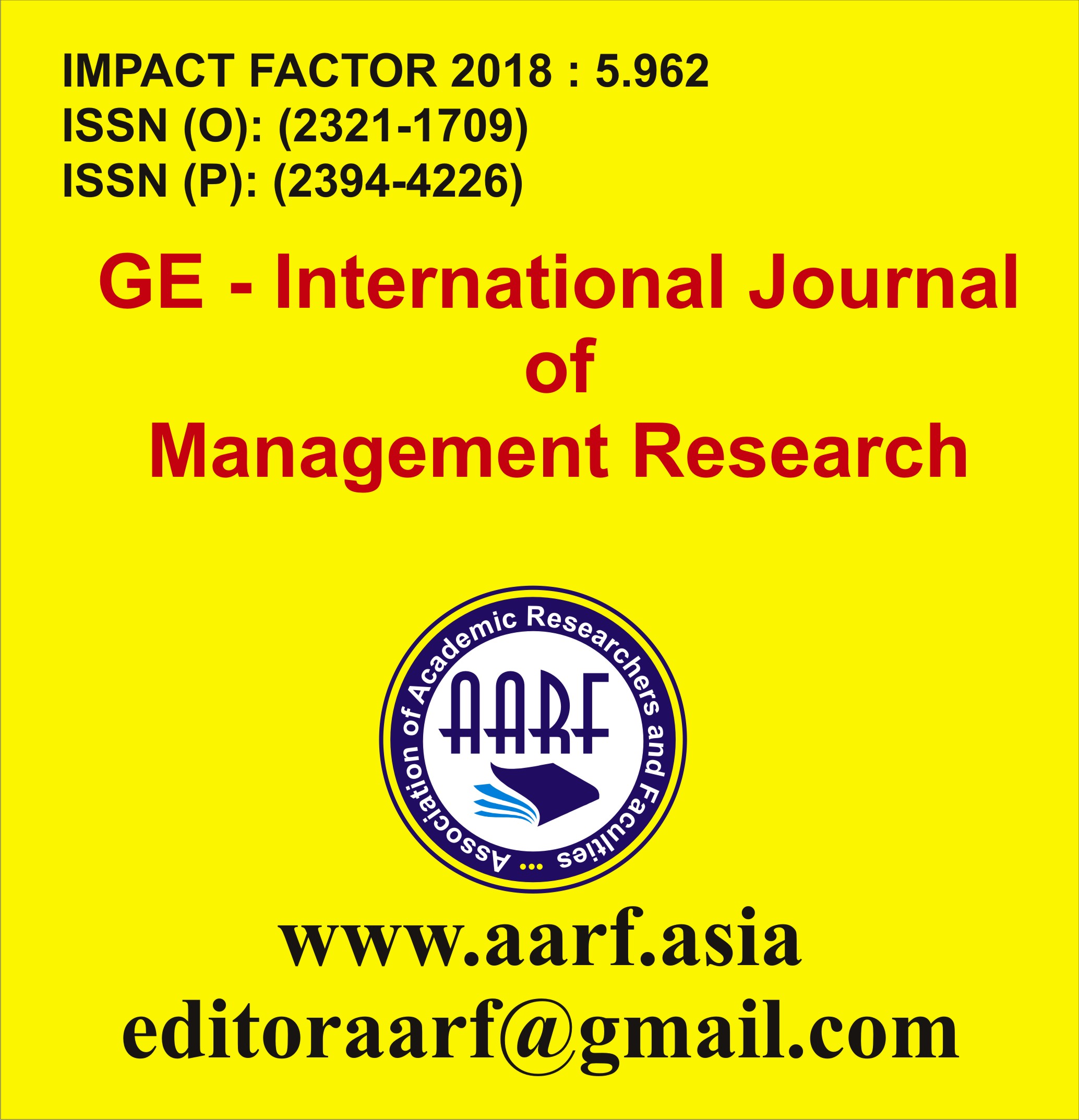
- Current Issue
- Past Issues
- Conference Proceedings
- Submit Manuscript
- Join Our Editorial Team
- Join as a Member

| S.No | Particular | Page No. | |
|---|---|---|---|
| 1 |
Kanai DasAbstract: Zubeen Garg (1972–2025), a prominent multifaceted artist from Northeast India, passed away on September 19, 2025, in Singapore, eliciting an unprecedented wave of public mourning across Assam and beyond. This article examines the circumstances surrounding his death, the collective societal response, and the enduring cultural legacy of Garg as a symbol of unity and artistic excellence. Drawing from media reports, social media analyses, and eyewitness accounts, the study highlights how Garg's demise transcended regional boundaries, fostering a unified expression of grief that integrated elements of Assamese folklore, music, and intercommunity solidarity. The analysis posits Garg as a modern cultural icon whose life and work embodied a "musk-laden" essence—evocative, pervasive, and deeply resonant—mirroring the aromatic allure of musk in traditional Assamese metaphors for profound influence. Key findings underscore the role of digital platforms in amplifying mourning rituals and the potential for posthumous institutional recognition to preserve his contributions. |
|
1-4 |
| 2 |
डॉ अनीता सिंह and शशिपाल सिंह बघेलAbstract: "वन कन्या" एक प्रतीकात्मक शब्द है जो भारतीय संस्कृति, साहित्य और पर्यावरणीय विमर्श में अनेक अर्थों और भावनाओं को समेटे हुए है। यह शब्द न केवल एक स्त्री पात्र को दर्शाता है जो जंगलों में रहती है, बल्कि यह प्रकृति, पवित्रता, स्वतंत्रता और स्त्री सशक्तिकरण का भी प्रतीक बन गया है। रामायण की शबरी, महाभारत की हिडिम्बा या फिर आधुनिक साहित्य की ‘वन कन्या’ — सभी पात्रों ने अपने-अपने समय में सामाजिक रूढ़ियों को चुनौती दी है। |
|
5-9 |
| 3 |
Dr. Sonam Pema Larje,Abstract: The western Himalaya is a region that includes the Districts of Ladakh, Spiti, Lahoul and Kinnaur. There are no specific physical or political boundaries, which could coincide with the term, and it has been used here more as a convenience than as a precise geographical definition. The whole of the ancient Tibetan kingdom of Gu-ge would also be encompassed by the western Himalayas, but the scope of this study does not extend to any areas that come in Tibet. The whole region continues to be one of the most inaccessible parts of India even through both Ladakh and Lahoul have been opened up for limited tourist access. The general level of the valleys in the areas varies between 10,000 to 16,000 feet above sea level (3,000 – 5000 metres) and three districts (lahoul, Ladakh, and Spiti) are sealed off in winter by deep snow at the high passes which give access to the valleys . The distances are enormous and the modes of transport, until as late as the 1950’s were primitive. The choice of transport, even now, in many of the valleys lies between walking and riding a horse. The country is surrounded by massive mountain ranges, several valleys deep to the north, south and west. In the northwest, the Kara-Koram range separates it for the main Tibetan plateau and to the south the Great Himalayan Range isolates it from india. The centres of Buddhist life along the intricate river networks that eventually feed the Indus (Senge), the Sutlej (spiti) and the Chenab (Chandra-bhaga) rivers. |
|
10-13 |
| 4 |
SarojAbstract: निर्गुण संत काव्य में ज्ञान-तत्व का विशिष्ट स्थान है, जो आत्मज्ञान एवं ब्रह्मज्ञान की एक अनिवार्य उपस्थापना के रूप में प्रतिष्ठित है। इस काव्यधारा में ज्ञान का स्वरूप व्यापक और अन्तःसंबंधित है “जो ईश्वर के निराकार और अद्वैत स्वरूप का अनुभव कराता है। निर्गुण भक्ति मतों में इस ज्ञान का अभिप्राय केवल तात्त्विक जानकारी नहीं, बल्कि अनुभाव और अनुभूति के माध्यम से आत्मा को परमात्मा के साथ एकाकार कर देने का माध्यम है। यह अनुभूति ऐसी है जो शारीरिक सीमाओं से परे जाकर आत्मा के स्वरूप को जागृत करती है। ज्ञानी का उदेश्य आत्मा की अविद्या को हटाकर उसकी स्वतंत्रता और दिव्य चेतना का विषय बनना है। इसके अनुसार, ज्ञान का वास्तविक स्रोत विशेष कर्म या जप-तप नहीं, बल्कि परमानंद अनुभूति और स अधिकांतिर विवेक है, जो आत्मनिष्ठता और भक्ति के साथ अभ्यसित होकर प्राप्त होता है। इस प्रक्रिया में आनंद और भक्ति के मार्फत आत्मा का परमानंद स्वरूप प्रकट होता है, जो निराकार ईश्वर की अनुभूति का आधार बनता है। इस तरह, निर्गुण भक्ति काव्यों में ज्ञान-तत्व का आगमन उच्चतम चेतना की अनुभूति, आत्मा की अभिव्यक्ति और ब्रह्म के अद्वितीय अस्तित्व के संदर्भ में अपनी विशिष्ट भूमिका रखता है। इस ज्ञान का संप्राप्ति मार्ग सरल नहीं है, बल्कि वह भगवद् प्रेम, साधना और अंतःसंयम के माध्यम से प्राप्त होता है। सम्पूर्ण निर्गुण साहित्य में यह तत्व भक्ति और तत्त्वज्ञानी दृष्टिकोण का संगम है, जो आत्मा को परमात्मा से जोडऩे वाली एक गहरी अनुभूति कराता है। इस प्रकार, निर्गुण संत काव्य में ज्ञान-तत्व का निरूपण न केवल दार्शनिकता का अध्याय है, बल्कि इसकी अनुभूति उस परम सत्य की प्राप्ति का मार्ग भी प्रस्तुत करती है। |
|
14-20 |
| 5 |
Ms. Anshu Choudhary1, Prof. Leena Chandani2Abstract: Meena Kandasamy\'s poetry is characterized by its profound social consciousness, serving as a vehicle for political protest against gender and caste injustices. In addition to addressing issues of discrimination, caste-based violence, and the Brahmanical system\'s dishonesty, her work empowers women to challenge patriarchal standards and claim their identities. She encourages people to engage in active resistance and create a more just society by using her poems to give voice to the oppressed. The neglected and underprivileged members of Indian culture are given a voice via Kandasamy\'s poetry. She writes on their struggles with poverty, injustice, and persecution; her writing is marked by unvarnished, visceral language that screams in anguish and rage. She regularly references Indian mythology, but she re-imagines female roles to reflect contemporary reality and question conventional limitations, especially in the context of marriage and love, rather than conforming to set up models. |
|
21-28 |
| 6 |
डॉ सुनीताAbstract: मन्नू भंडारी का उपन्यास “आपका बंटी” बाल-मनोविज्ञान के सूक्ष्म और मार्मिक चित्रण का एक महत्वपूर्ण साहित्यिक उदाहरण है। यह उपन्यास माता-पिता के अलगाव, दांपत्य तनाव और पारिवारिक विखंडन के बीच एक बच्चे की भावनात्मक टूटन को केंद्र में रखकर लिखा गया है। बंटी अपने माता-पिता के स्वार्थ, अहंकार और समझौते की कमी का सबसे गहरा प्रभाव झेलता है। माँ के पुनर्विवाह और पिता की नई गृहस्थी के कारण वह उपेक्षा, असुरक्षा, अकेलेपन और प्रेम की कमी को तीव्रता से अनुभव करता है, जिससे उसके मन में विद्रोह, भ्रम और पहचान-संकट पैदा होता है। उपन्यास में बंटी का मनोवैज्ञानिक संघर्ष आधुनिक भारतीय परिवारों में बच्चों की वास्तविक मानसिक दशा को उजागर करता है। मन्नू भंडारी ने बाल-मन की पीड़ा, संवेदनशीलता और उसकी आंतरिक छटपटाहट को अत्यंत सजीव भाषा में प्रस्तुत किया है। इस प्रकार “आपका बंटी” बाल-मनोविज्ञान को समझने और पारिवारिक संबंधों के प्रभाव का अध्ययन करने हेतु एक सशक्त साहित्यिक कृति के रूप में उभरता है। |
|
29-41 |
| 7 |
Ms.B.TanyaAbstract: The paper deals with the effect of partition both in India and Pakistan in the words of Bapsi Sidhwa and Khushwant Singh in the books titled, “Ice-Candy Man” and “Train to Pakistan” respectively. One can understand the deep rooted effects of a horrific history that these two countries faced, which was a well planned and executed act of the Coloniser. The Postcolonial aspect has also been dealt with in this paper with “Partition” as the central idea. The two books taken for the study deals with two different ways of explaining about Partition. It is very unique in itself, how Bapsi Sidhwa tells the whole story through the eyes of a 12 year old girl “Lenny” which makes the reader feel that the character speaks beyond her age, which shows one how it is more like a brainchild of author herself. On the other hand, Khushwant Singh talks about how a whole fictional village “Mano Majra” in the Indian province was affected by the religious unrest that took place because of Partition. And how the people who once lived in harmony now struggled to survive in their mother land. Khushwant Singh also uses a bit of satirical humour in his novel, something which one does not expect in a much serious context like this. It is believed that Khushwant Singh talks about his personal experience of partition in his novel, connecting to people on a personal level. “Ice-Candy Man” was published in the year 1988 and “Train to Pakistan” was published in the year 1956 about the incident which took place in the year 1947, the cries of the families that faced Partition still resonates. And how the seed of “Divide and Rule” is still growing between us, and how the aftermath of Partition is still a struggle for the people of both the countries. |
|
42-46 |





















